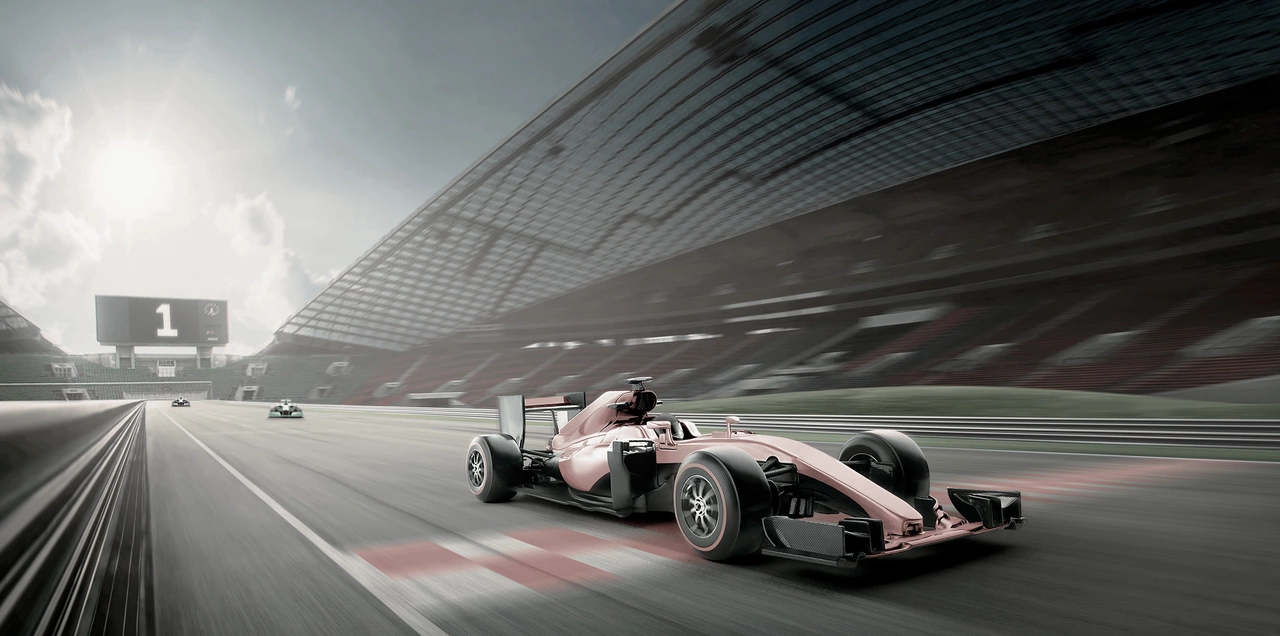Motorsports – All the Latest News and Guides
Welcome to the world where speed meets skill. Whether you’re a die‑hard F1 fan, a bike‑leaning enthusiast, or someone curious about getting on a racing team, you’ve landed in the right spot. Here we break down the most exciting stories, explain the tech you hear about on TV, and give you straight‑forward advice you can use today.
Why Motorsports Still Thrill Fans
First off, motorsports feed the need for pure adrenaline. Formula 1 cars zip around circuits with hybrid power units that push the limits of engineering, while NASCAR and IndyCar offer raw oval action. The blend of cutting‑edge tech, split‑second strategy, and driver talent creates a spectacle you can’t get from any other sport. That’s why fans keep tuning in – every race is a new puzzle of tyre choices, pit stops, and weather changes.
But it’s not just cars. Motorcycle racers lean at angles that look impossible. They use a technique called counter‑steering: push the handlebar opposite to the turn and the bike leans into it. Wide, soft tyres give extra grip, and the rider’s body weight helps keep balance. It’s physics in motion, and watching it live feels like a dance between man and machine.
How to Get Involved in Racing
Thinking about joining a racing team? Start small. Karting is the classic entry point – it teaches the basics of handling, racing lines, and competition without breaking the bank. Once you’ve got a few wins, look for local club teams or amateur series that welcome newcomers. Build a solid résumé: track your lap times, note any podium finishes, and showcase a willingness to learn.
Networking matters, too. Attend race weekends, chat with mechanics, and volunteer at events. Those connections often turn into test‑drive opportunities. Remember, racing isn’t just speed; it’s teamwork, strategy, and consistency. Show that you can work with engineers, follow data, and keep a cool head under pressure.
If you’re more into the spectator side, keep up with the biggest events. The 24 Hours of Le Mans, Nürburgring 24 Hours, and Daytona 24 Hours are the marquee endurance races that attract the world’s best drivers and machines. Watching them gives you a feel for how teams manage fatigue, fuel, and driver swaps – all valuable knowledge if you ever sit behind the wheel.
Finally, don’t overlook the rise of electric racing. Formula E is reshaping the sport with silent powertrains and city‑center tracks. It’s a great avenue for tech‑savvy fans who want to see the future of speed. Whether you chase the roar of a V6 turbo or the quiet hum of an electric motor, motorsports offer a place for every kind of enthusiast.
So, what’s your next move? Dive into the latest race reports, practice on a kart, or simply watch the next Grand Prix and notice the subtle strategies at play. The world of motorsports is fast, fierce, and always evolving – and you’re invited to be part of it.


